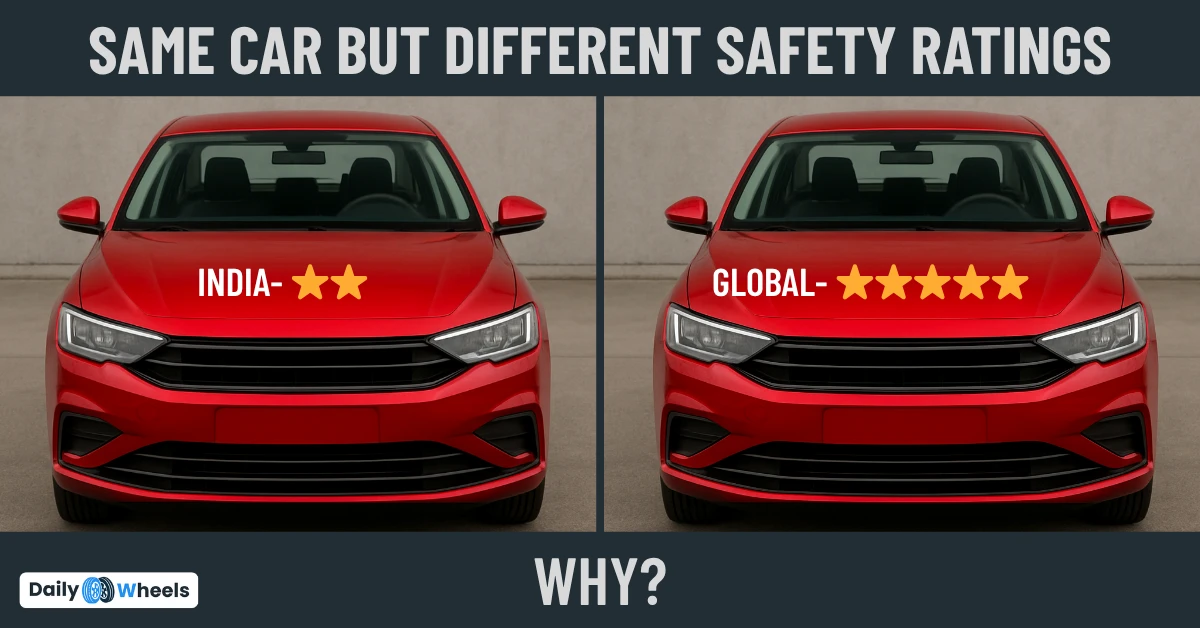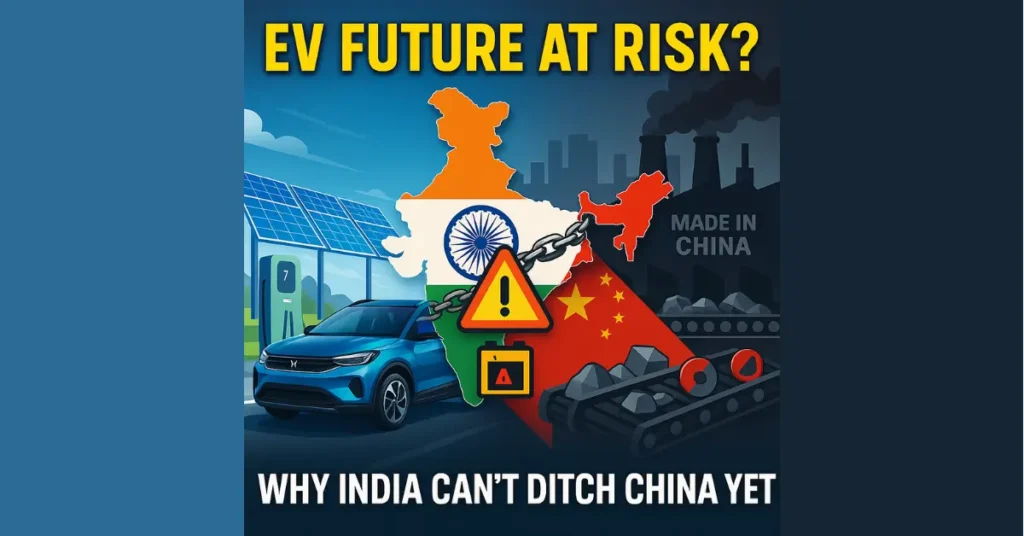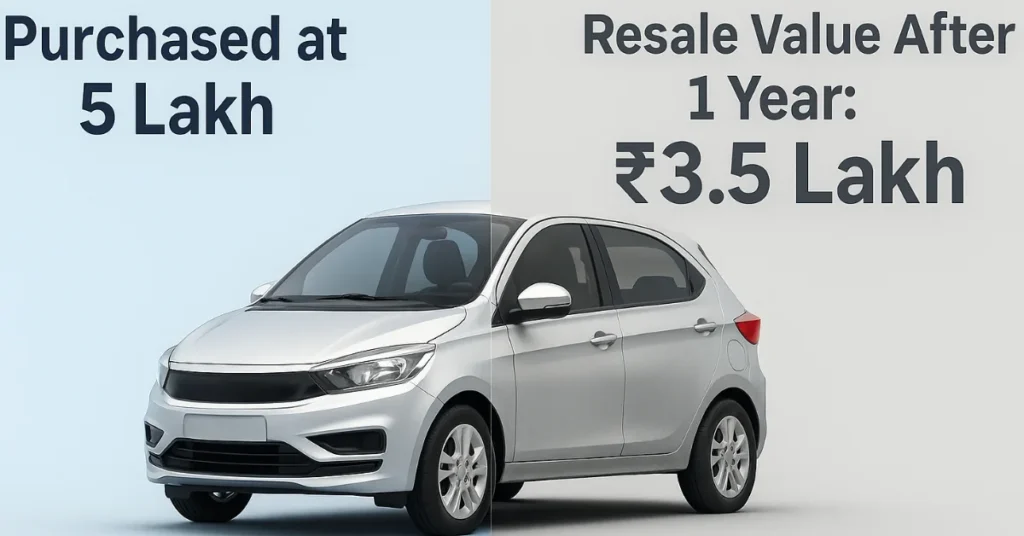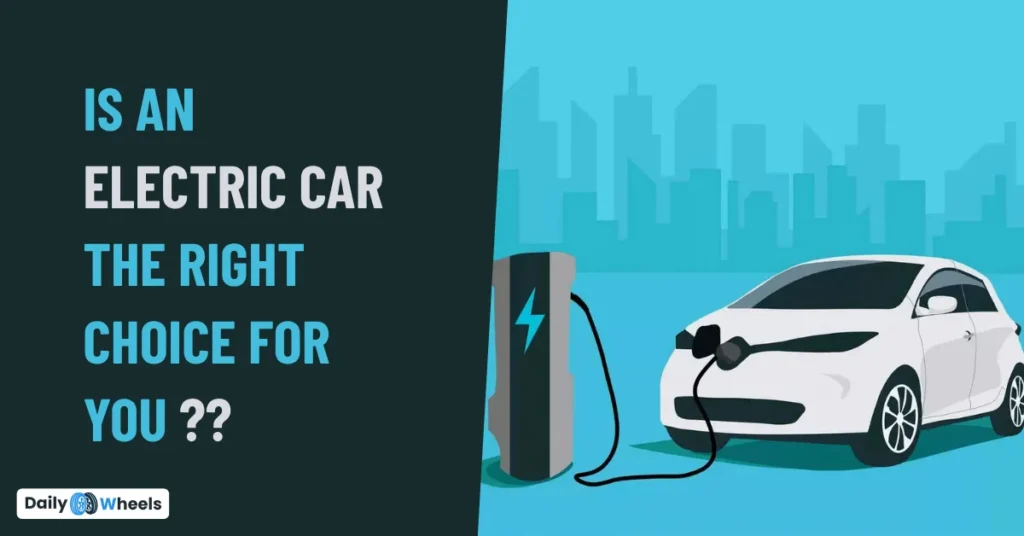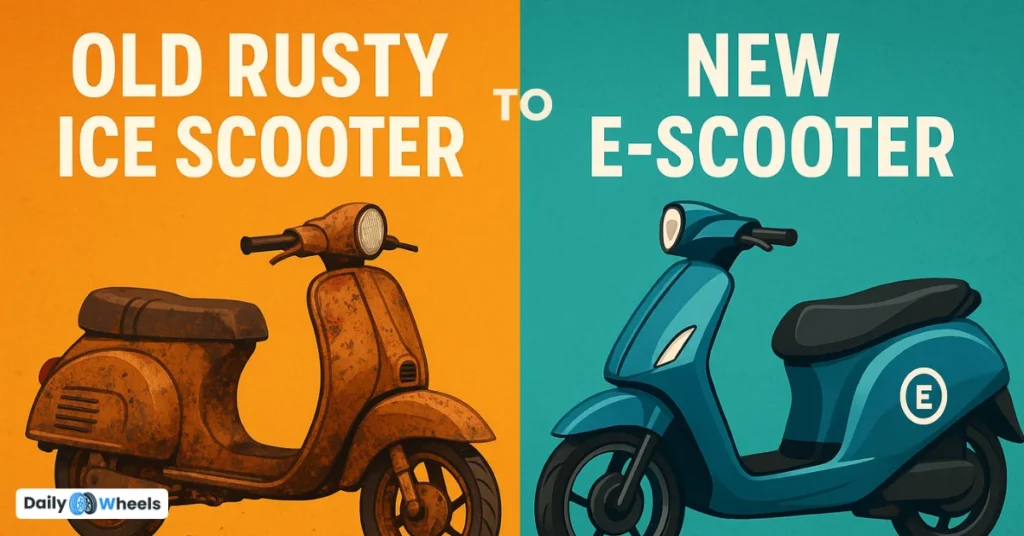Car safety standards are rules and regulations that automakers must follow to ensure that vehicles protect passengers during accidents. Globally, these standards are set by organizations like Euro NCAP, IIHS (USA), and the Global New Car Assessment Programme (GNCAP). These tests simulate real-world crashes and give cars a safety rating based on performance.
India also has its own safety standards set by the Ministry of Road Transport and Highways (MoRTH). In 2019, India introduced Bharat NCAP, later aligned with GNCAP, to encourage safer cars. However, the implementation and enforcement of these standards still lag behind those in more developed markets.
The global safety norms tend to be stricter and more comprehensive, requiring mandatory features such as multiple airbags, Electronic Stability Control (ESC), pedestrian safety measures, and crash avoidance systems. In contrast, Indian regulations have only recently begun mandating features like dual airbags and ABS.
What is GNCAP and Why It Matters
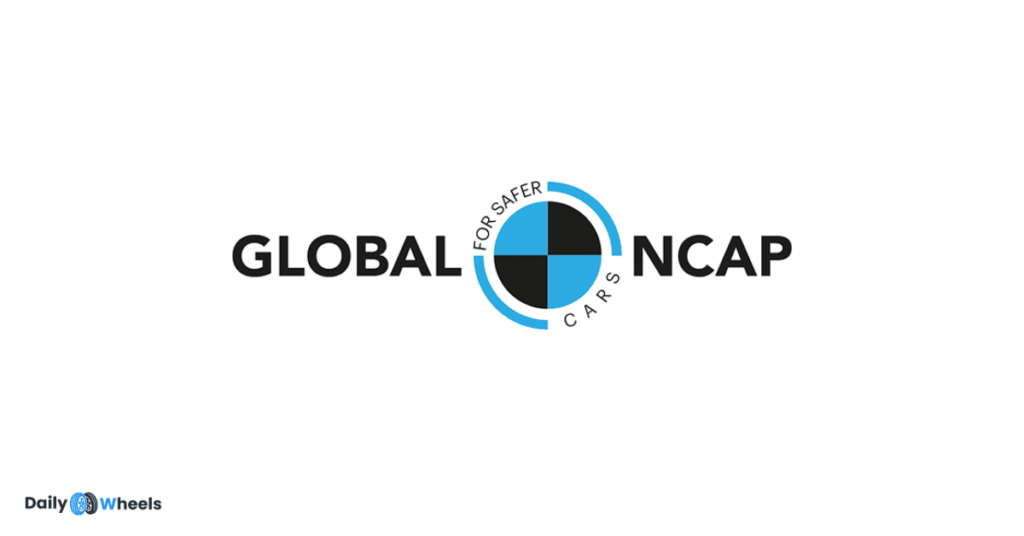
Global NCAP (New Car Assessment Programme) is an independent organization that crash-tests cars and gives them a star rating (1 to 5) based on safety performance. India-specific cars are tested under its “Safer Cars for India” initiative.
GNCAP tests measure how well a car protects adult and child occupants in front, side, and pedestrian crashes. The tests also look at seatbelt reminders, airbags, child seat anchors, and structural stability. A higher GNCAP rating means better safety performance, which can help buyers make informed decisions.
In many cases, cars sold in India score poorly in these tests because they lack essential safety features that are standard in other markets. Sometimes, even the body shell used in Indian models is different from global versions, compromising safety.
Why Are Indian Cars Less Safe?
Several factors contribute to the lower safety levels of Indian cars:
1. Cost Sensitivity: The Indian automobile market is highly price-sensitive. Manufacturers often remove safety features like side airbags, Electronic Stability Control (ESC), and advanced driver-assistance systems (ADAS) to keep costs low. A model that costs ₹8 lakh in India might sell for ₹12 lakh in Europe with all safety features included.
2. Weaker Safety Regulations: While safety norms in India are improving, they are still not as strict or consistently enforced as those in Europe or the U.S. For example, ESC is mandatory in many countries but optional in India. The lack of legal pressure allows manufacturers to sell stripped-down versions.
3. Consumer Awareness: A significant portion of Indian car buyers prioritize mileage, design, and price over safety. This low demand for safer cars pushes companies to focus less on crash protection and more on cost-cutting. Many buyers are unaware of GNCAP ratings or assume that all new cars are safe.
4. Different Testing Standards: Even when the same model is sold in India and abroad, the Indian version may not be crash-tested to global standards, or it may be tested with fewer safety features. Often, manufacturers localize designs to reduce cost, sometimes at the expense of structural strength.
Examples of Indian vs Global Variants
Maruti Suzuki Swift:
- Global Variant (Europe): Comes with 6 airbags, ESC, and a strong body shell.
- Indian Variant: Earlier versions lacked side and curtain airbags and had a weaker body structure, scoring only 2 stars in GNCAP. Newer models still lack ESC in most trims.
Hyundai i20:
- Global Variant: Equipped with safety features like lane-keeping assist, autonomous braking, and more airbags.
- Indian Variant: Offers fewer safety features and lacks ADAS even in top models.
Volkswagen Polo:
- Global Variant: Scored high in Euro NCAP with a solid safety structure.
- Indian Variant: Received a 4-star rating but still lacked features like side airbags and ESC in many variants.
Kia Seltos:
- Global Variant (Australia/Korea): Comes with six airbags, ESC, and strong crash safety performance.
- Indian Variant: Early GNCAP tests showed poor structural integrity and only dual airbags in base models.
These comparisons show how manufacturers tailor cars differently for Indian markets, usually stripping down safety to reduce costs.
Role of Bharat NCAP and Government Policies
Bharat NCAP is India’s own crash testing and rating program, introduced to improve transparency and push manufacturers toward building safer cars. Starting in 2023, the government made it mandatory for certain categories of vehicles to undergo crash testing.
While this is a positive step, experts believe more needs to be done. Features like ESC, pedestrian protection, rear seatbelt reminders, and advanced crash mitigation systems should also be made mandatory. Road safety campaigns and stricter penalties for non-compliance are equally important.
What Can Buyers Do?
If you’re buying a car in India, here’s how you can make a safer choice:
- Check the GNCAP safety ratings of the model.
- Look for essential features like dual front airbags, ABS, ESC, and ISOFIX child seat anchors.
- Avoid base variants if they lack important safety equipment.
- Ask dealers about safety features and crash test results. Don’t settle for just mileage or design.
Public demand for safer cars will push manufacturers to raise the safety standards voluntarily, just as we’ve seen in the past with emission norms and fuel efficiency.
Read Also:- How FASTag Works and Why It’s a Game Changer for Indian Roads
Final Thoughts by DailyWheels
While India is making progress in automotive safety, we still have a long road ahead. The difference between Indian and global car safety standards lies in enforcement, public awareness, and prioritization. As Indian consumers become more safety-conscious and regulations grow stronger, manufacturers will be forced to bridge the gap. Until then, it’s up to us, the buyers, to make informed choices and demand safer vehicles for ourselves and our families.
